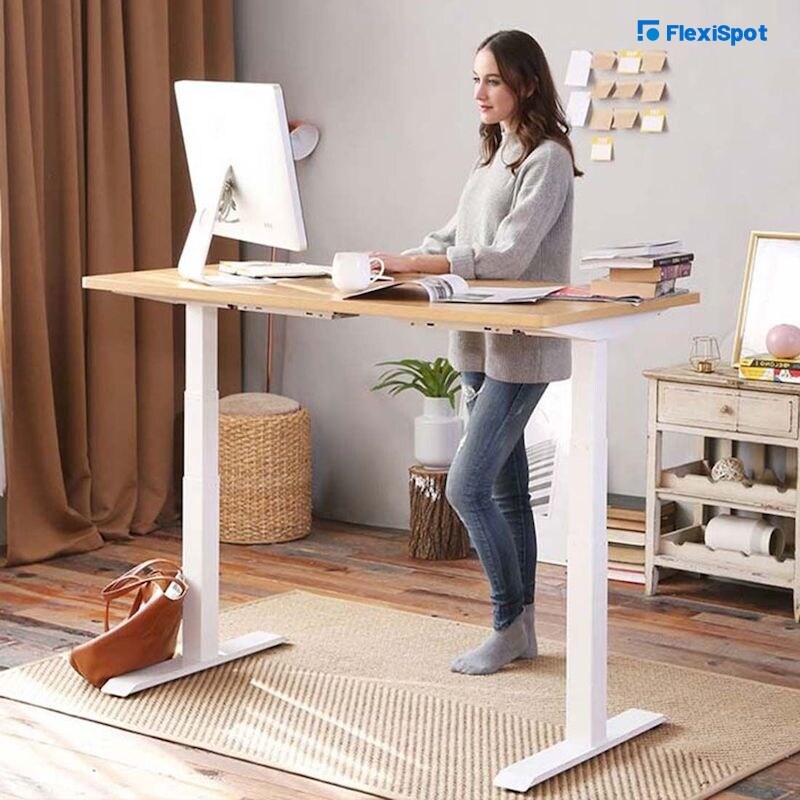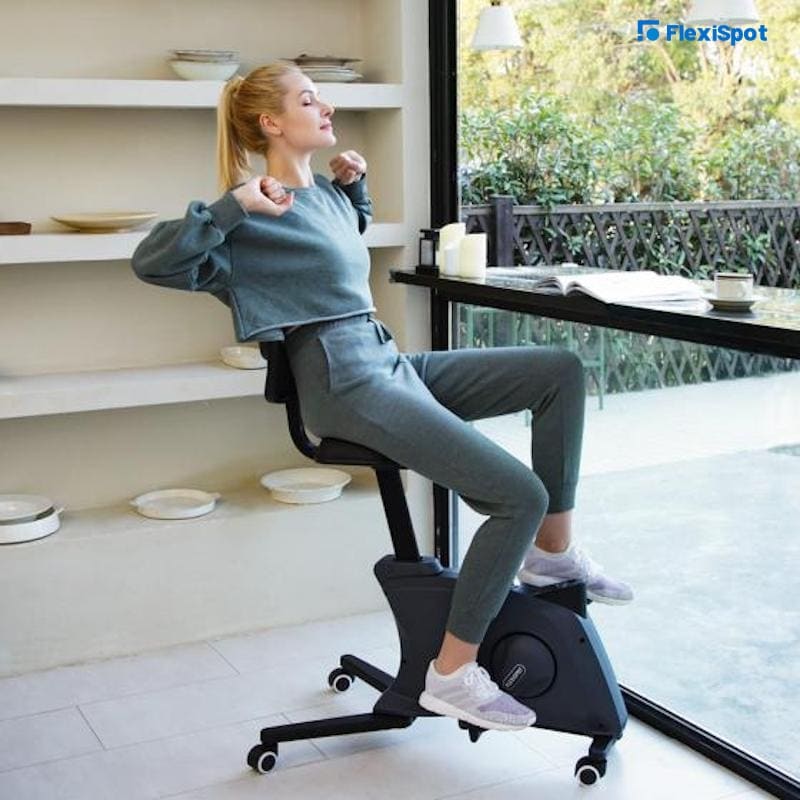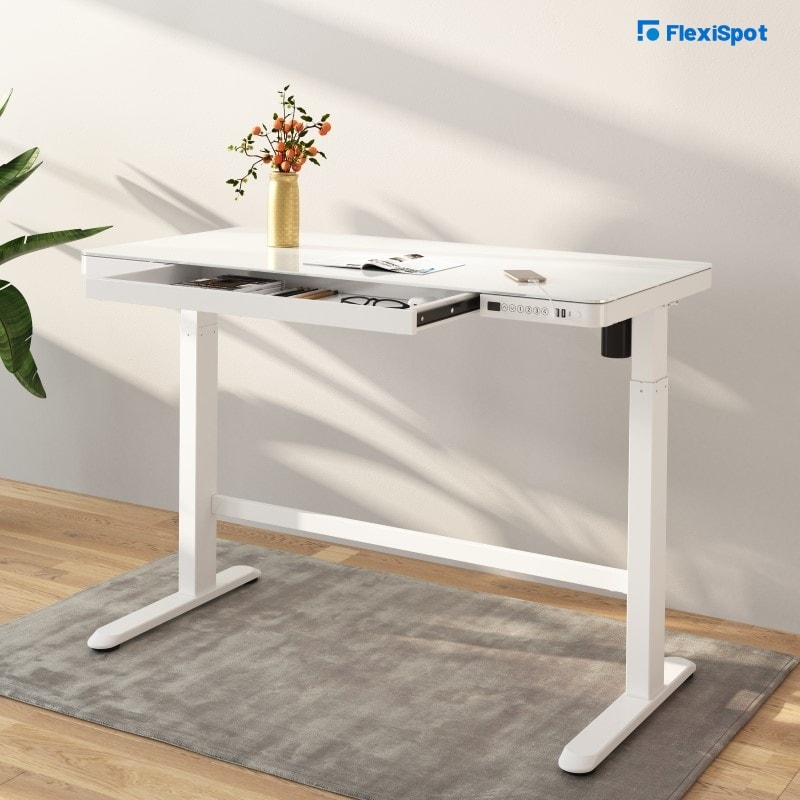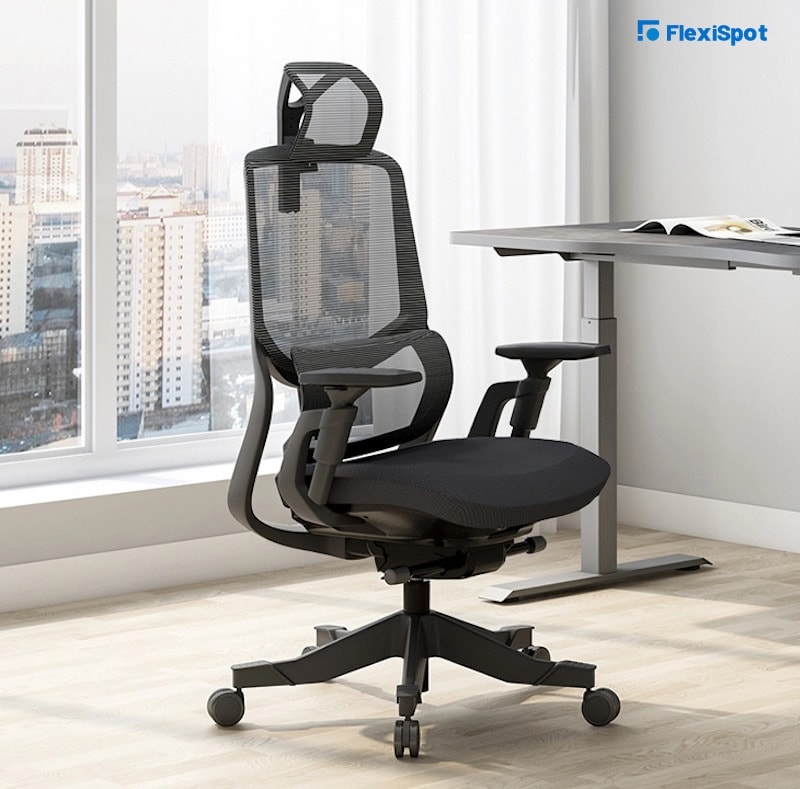Many individuals with a desk job may already know about the benefits of using a height-adjustable standing desk instead of traditional desks. They improve blood circulation, help avoid musculoskeletal discomfort, and may also aid in reducing cardiac and metabolic disorders. After all, standing desks aren’t a new concept; they’ve been around for centuries. However, only fairly recently have they gained popularity and been recognized for their obvious advantages and health benefits.
While most people know the benefits of height-adjustable standing desks, they aren’t often aware enough of how to use them to make the most of the benefits they offer.
This post looks at some of the essential guidelines that will allow you to get maximum benefits from your investment in a height-adjustable standing desk.
Essential Guidelines for Standing Desk Users

Switch Between Sitting and Standing
There is no doubt that sitting for prolonged hours is detrimental to your physical and psychological health. It can lead to obesity and several other cardiac and metabolic disorders and may also lead to lower productivity at work.
However, that certainly does not mean that you should continue to stand all day.
Studies have shown a strong correlation between standing all day and a wide range of physical health concerns such as backache and leg pain, accompanied by swollen feet. Hence, standing for long hours is known to negatively affect your leg muscles, joints, tendons, and other connective tissue and may even cause varicose veins.
So perhaps the best way to use a standing desk is to alternate your positions between sitting and standing. To get started, you can sit for 20 minutes and then change your position and continue to stand for 20 minutes before you sit again. If you change your position at least once every 20 minutes, you can avoid all the adverse effects of prolonged sitting.
While changing your position every 20 minutes can help you maximize the benefits of both sitting and standing, it may seem more practical to alternate between standing and sitting every 30 to 60 minutes.

Adjust Your Screen
Most desk jobs require extensive screen time, and as you switch between standing and sitting, don’t forget to adjust your screen. Slouching over your desktop or laptop can lead to a wide range of physical concerns ranging from neck and shoulder pain to lower backache and eye strain which is why it is critical to adjust your screen as you adjust your working position while using a standing desk.
Here are a few recommendations that will help you adjust your screen appropriately so you can work comfortably while standing.
Place your monitor around 20-28 inches away from your eyes.
Ensure that the screen should has a 10-20-degree tilt.
To avoid straining your neck, shoulder, and arm muscles, make sure that your standing desk's height is at or slightly below elbow height, with your elbows making an angle of 90-degree angle to the keyboard.
And, for avoiding eye strain while working, make sure your eyes are looking slightly down to the monitor.
Invest in an Anti-Fatigue Mat
Another critical aspect of working with a standing desk is to protect your feet and legs against fatigue associated with prolonged sitting. While alternating your position between standing and sitting can help reduce leg pain and lower backache, investing in an anti-fatigue mat when purchasing a standing desk makes a worthy investment.
Anti-fatigue mats can help fight fatigue by encouraging subtle movements of the micro muscles in the legs that help improve blood flow in the legs and reduce overall discomfort. Research suggests that individuals who use anti-fatigue mats report lesser tiredness and discomfort when standing for 2 or more hours per day. Anit-fatigue mats are also known to help individuals with lower back pain and leg problems.
If you experience leg or lower back pain from prolonged standing, then anti-fatigue mats could be very useful. Learn more about anti-fatigue mats here and invest in the one that best suits your needs.

Adjust Your Keyboard and Mouse Position
When you rely on a standing desk for your job, know that you should take care of your wrist position as working for long hours on a computer can strain your wrists and arms. As you switch from sitting to standing and vice versa, optimize your wrist position by making a slightly more extended angle while standing than when sitting.
While most people know that adjusting the wrist position is critical when switching between standing and sitting, they end up ignoring this adjustment which leads to wrist pain and discomfort. Hence, to protect your wrists when standing, always keep your keyboard and mouse at the same level. Moreover, keep your wrists straight when typing.
If you still experience soreness and discomfort of the wrist, consider using an adjustable keyboard stand and gel mouse pads for optimal support.

Remember to Take Breaks
Even though standing while working at your desk is better than sitting, this does not mean that your mind and body don't need a break. Even when you switch your position from sitting to standing and vice versa, it is still essential to take regular breaks to move your body and stretch it appropriately. Moreover, short, regular breaks also help you clear your head, rest your eyes and help improve your focus.
For some people, taking quick breaks come naturally; however, others may need a reminder that you can easily set up on your computer by installing software or on your cellphone by downloading a break reminder.

Standing While You Work – Finding the Right Standing Desk to Create the Perfect Work Environment
If you are working with a traditional office desk and want to invest in a standing desk, the choice can be overwhelming. You can find different varieties of standing desks with varying features that can leave you confused about which one makes the best choice for you.
Get Used to a Standing Desk
To get started, it is a good idea to go for a fixed-height standing desk as it allows you to get used to the idea of standing while working.

Invest in a Height-Adjustable Standing Desk
Once you get used to standing while working, it is best to go for a height-adjustable standing desk that allows you to alternate between sitting and standing. You can find several varieties of height-adjustable standing desks, but Comhar All-in-One Standing Desk makes one of the most reliable alternatives that you can find on the market.
The Comhar All-in-One Standing Desk is a height-adjustable standing desk that allows you to transition between sitting and standing and vice versa conveniently. The standing desk features four programmable height settings that make the workstation suitable for the entire family at home or in a work-share environment. The desk offers a convenient workspace that can easily fit in any corner of your home or at your workplace. The tempered glass tabletop gives a superior finish and elegance to the standing desk, and its wider top makes it a perfect choice of table for multiple users.

Choose an Ergonomic Office Chair
As you invest in a height-adjustable standing desk, know that you will still need an office chair that allows you to sit comfortably as you work and help maintain your posture because you will not be standing all day at the end of the day.
An ergonomic office chair allows you to sit conveniently while maintaining a good posture. It helps support your spine, arms, and legs, making your sitting experience more comfortable.
Find out the most comfortable ergonomic office chairs here.
Final Words
If you are planning to transition from a traditional office desk to a standing office desk, you need to know a few guidelines so you can make a smoother transition. Remember that when you invest in a standing desk, you will still need to sit as prolonged sitting, like prolonged standing, has several disadvantages. You need to keep in mind a few guidelines that will make your work experience more comfortable. Lastly, as you switch from a traditional office desk to a standing desk, know that you can make the transition smoother by getting used to the idea of standing while working by investing in a fixed height standing desk before moving on to a height-adjustable standing desk and don’t forget to invest in an ergonomic office chair which remains a vital accessory even when you choose to stand while working.